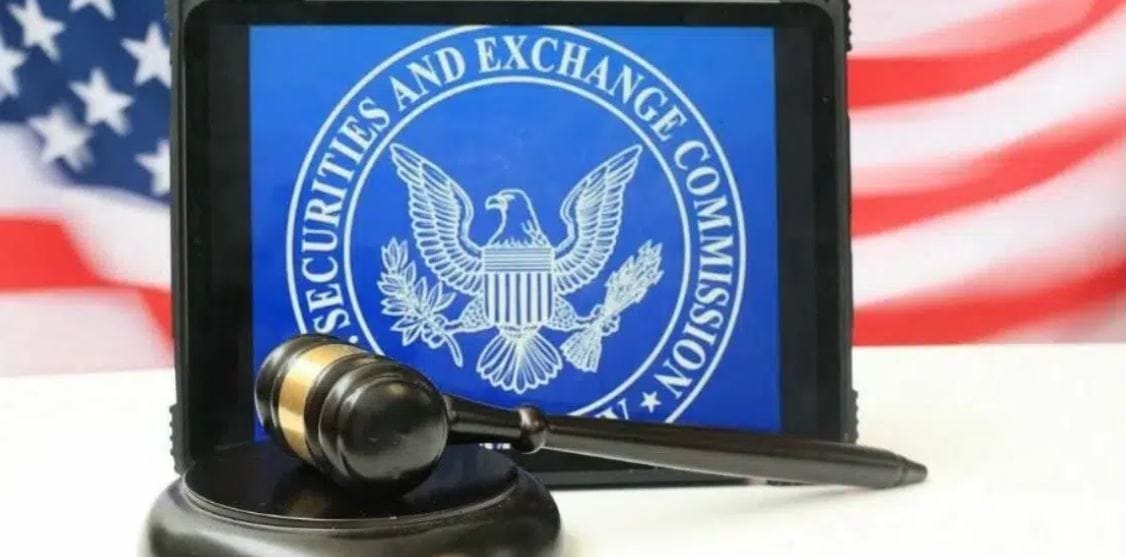Money Electric unintentionally thickens the fog that surrounds Satoshi even more.
The interviewees and witnesses put the good stuff into an entertaining, if purposeless, documentary.
It is important to say it from the beginning: Money Electric, The Bitcoin Mystery It doesn’t deliver what it promises, despite not being a bad documentary. Let’s start with the positive aspects, even if they don’t last long: watching it is entertaining, especially because of the style adopted by the filmmakers: casual, loose, interspersing memes and clips shorts in the movie.
In truth, the documentary has only one exceptional thing: the list of interviewees and witnesses, where they appear, with more or less prominence, important figures who were there in the early days of Bitcoin playing a role in its creation, maintenance, expansion and changes . The telling of the story about the cypherpunks and pioneers of cryptography is irresistible in its own way.
Adam Back, Peter Todd, Samson Mow and Roger Ver are some of those real figures. Even Nick Szabo, who many believe was Satoshi Nakamoto due to the similarity of his Bitgold project to Bitcoin, has a short appearance in front of the cameras. The presence in the flesh of these figures dispels the air of modern myth that surrounds the early days of Bitcoin, and the testimonies turn that era into humanized and tangible history.

Aside from the fact that someone dared to pick the lock on one of the most legendary and interesting mysteries on the Internet, and without going into details about whether or not this mystery should be revealed for the sake of Bitcoin, the good part of the documentary ends here. .
In everything that is not simple entertainment, quality and quantity of witnesses and testimonies, Money Electric failure. It is weak in what is perhaps the most important aspect of a documentary: the investigation. The Bitcoin Mystery lacks purpose and direction Because the evidence that guides the investigation is weak, it is based on conjecture.
Although the intuitions that purport to offer “evidence” have internal coherence (and this is the least that can be asked of a test), they are nothing more than that, hunches, and do not offer anything conclusive about the identity of Satoshi Nakamoto. Extraordinary claims require extraordinary evidence, and the HBO documentary doesn’t even provide enough evidence.
Not only does it promise, but it does not provide conclusive evidence, but they are renounced from the beginning: Adam Back reminds us, from the first moment, that the real identity of Satoshi Nakamoto will never be known. Peter Todd, that Satoshi surely destroyed his ability to prove that he was Nakamoto, the creator of Bitcoin, so even if he came out to claim it, no one would believe him.

From a research point of view, Money Electric He is impotent. It appears to be an ambitious documentary in its objective that does not have the means to live up to said ambition. HBO promised to “unravel” the mystery, that is, to remove the insides and display them publicly for examination. But it seems that his departure had the opposite effect than expected.
By not convincing, HBO further sealed the mystery of Satoshi in the shadows, creating the feeling that revealing it, if not impossible at the moment, is far from being achieved. To the relief of many, Satoshi’s anonymity gained even more strength with Money Electric.
The discovery that Satoshi is alive and identifiable would have shaken bitcoin, at least its price. Many people would have feared that the 1.1 million BTC held by the creator of Bitcoin were within reach of someone, and that those coins could be sold.
On the contrary, the feeling after watching the documentary is that, like Satoshi’s identity, those bitcoins seem lost, perhaps forever. The feeling is that bitcoin will continue its course as the only currency without a known owner or creator.






Leave a Reply